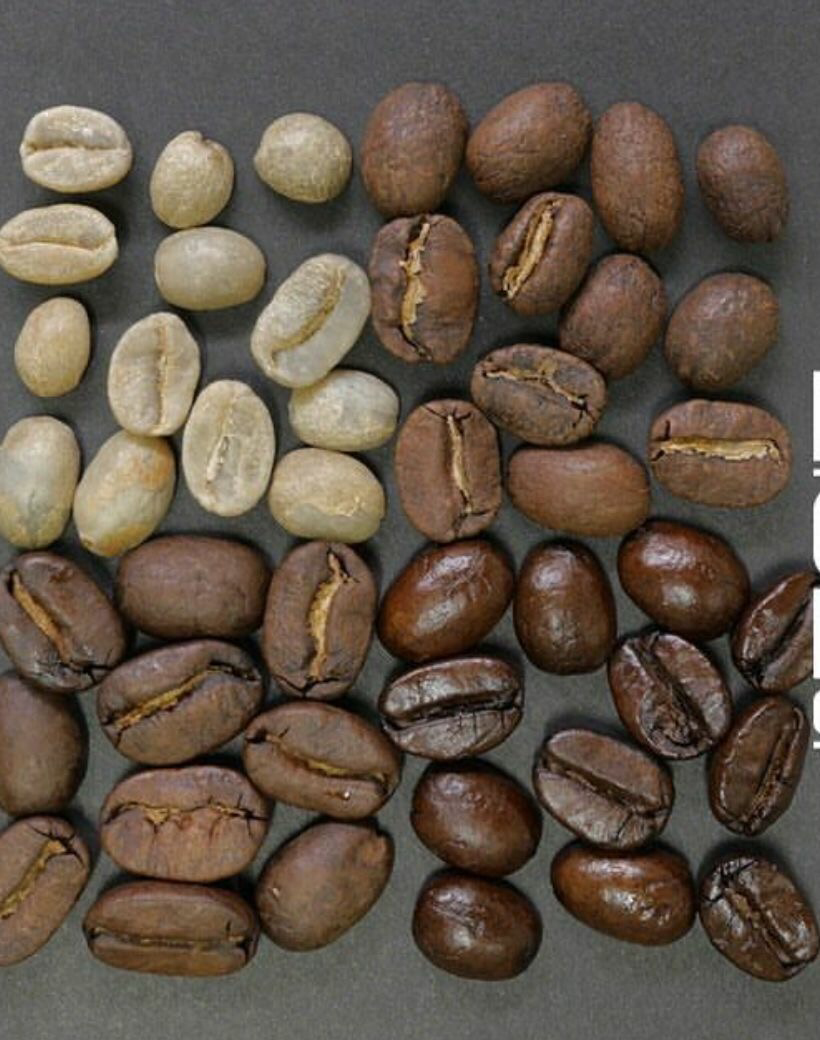How Are Coffee Beans Roasted?
Coffee is one of the most popular beverages in the world, enjoyed by millions of people every day. But have you ever wondered how coffee beans are transformed from a green seed into the rich, aromatic brew we know and love? The answer lies in the roasting process.
Roasting is the process by which coffee beans are heated until they reach a specific temperature and color, bringing out their natural flavors and aromas. There are different roasting levels, each resulting in a unique flavor profile. The roasting process is crucial to the taste and quality of the coffee, so let's take a closer look at how it's done.
Step 1: Sorting
Before roasting, coffee beans are sorted to remove any defective or damaged beans. This ensures that only the best beans make it into the roast.
Step 2: Green Bean Roasting
The first step in the roasting process is green bean roasting. At this stage, the beans are heated slowly and evenly in a rotating drum, typically for around 15-20 minutes. During this time, the beans begin to change color, from green to yellow and then to light brown. They also start to release moisture and carbon dioxide.
Step 3: First Crack
As the beans continue to heat up, they reach a temperature of around 385°F (196°C). This is when the first crack occurs, which sounds like popcorn popping. This is a crucial point in the roasting process, as the beans start to develop their flavor and aroma.
Step 4: Medium Roasting
After the first crack, the beans are roasted for another 1-2 minutes until they reach a medium roast. At this stage, the beans are a medium brown color and have a balanced flavor and acidity.
Step 5: Second Crack
If the beans are roasted for longer, they will reach a temperature of around 435°F (224°C), at which point the second crack occurs. This is a more rapid crackling sound, and the beans will become dark brown or black in color. This is a dark roast, which is characterized by a strong, bitter flavor and low acidity.
Step 6: Cooling
After roasting, the beans are cooled quickly to stop the cooking process and prevent them from burning. They are then packaged and sent to coffee shops, grocery stores, and homes all over the world.
In conclusion, coffee beans are roasted to bring out their natural flavors and aromas. The roasting process is a delicate balance of time, temperature, and color, with each level
Coffee is one of the most popular beverages in the world, enjoyed by millions of people every day. But have you ever wondered how coffee beans are transformed from a green seed into the rich, aromatic brew we know and love? The answer lies in the roasting process.
Roasting is the process by which coffee beans are heated until they reach a specific temperature and color, bringing out their natural flavors and aromas. There are different roasting levels, each resulting in a unique flavor profile. The roasting process is crucial to the taste and quality of the coffee, so let's take a closer look at how it's done.
Step 1: Sorting
Before roasting, coffee beans are sorted to remove any defective or damaged beans. This ensures that only the best beans make it into the roast.
Step 2: Green Bean Roasting
The first step in the roasting process is green bean roasting. At this stage, the beans are heated slowly and evenly in a rotating drum, typically for around 15-20 minutes. During this time, the beans begin to change color, from green to yellow and then to light brown. They also start to release moisture and carbon dioxide.
Step 3: First Crack
As the beans continue to heat up, they reach a temperature of around 385°F (196°C). This is when the first crack occurs, which sounds like popcorn popping. This is a crucial point in the roasting process, as the beans start to develop their flavor and aroma.
Step 4: Medium Roasting
After the first crack, the beans are roasted for another 1-2 minutes until they reach a medium roast. At this stage, the beans are a medium brown color and have a balanced flavor and acidity.
Step 5: Second Crack
If the beans are roasted for longer, they will reach a temperature of around 435°F (224°C), at which point the second crack occurs. This is a more rapid crackling sound, and the beans will become dark brown or black in color. This is a dark roast, which is characterized by a strong, bitter flavor and low acidity.
Step 6: Cooling
After roasting, the beans are cooled quickly to stop the cooking process and prevent them from burning. They are then packaged and sent to coffee shops, grocery stores, and homes all over the world.
In conclusion, coffee beans are roasted to bring out their natural flavors and aromas. The roasting process is a delicate balance of time, temperature, and color, with each level

 RSS Feed
RSS Feed
